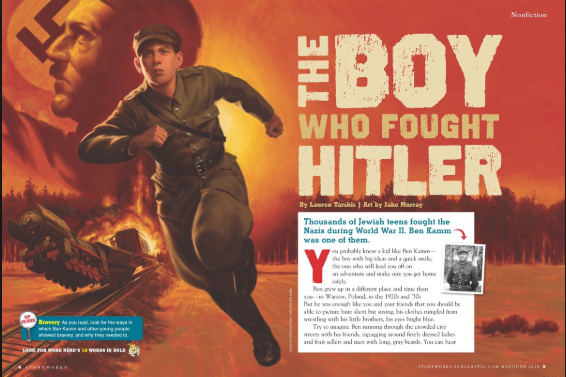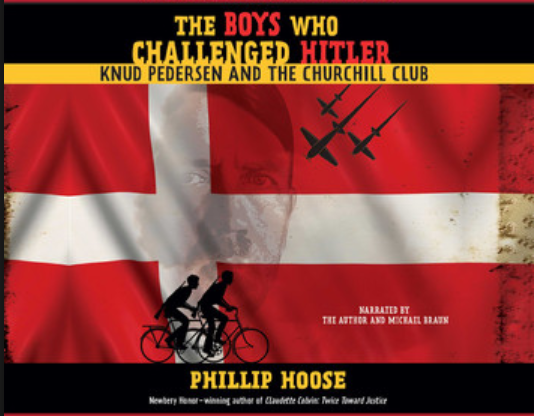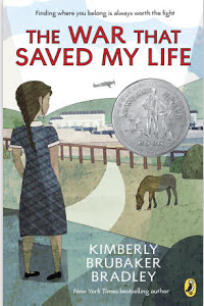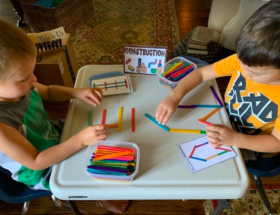I love a good challenge.
One of my favorites? Convincing middle grade readers that the work of reading is worth the effort.
The last couple of years I’ve developed a deep appreciation for Scholastic’s classroom magazine, Storyworks. Each publication contains engaging selections in a variety of genres: fiction, nonfiction, debate, poetry and often a high-interest infographic.
In the spring, I worked with a dozen fifth grade students (placed in small groups for remediation) and we started with a foundational text for the week that came from that month’s Storyworks. To build interest, I selected excerpts from The Boys Who Challenged Hitler: Knud Pedersen and the Churchill Club to introduce the week’s text set. Students previewed all the text features from Storywork’s The Boy Who Fought Hitler, the true story of a 19-year old boy who escaped the Warsaw ghetto, joined partisans and fought to protect Jewish citizens from Nazi soldiers during World War ll.

I mentioned that this group of students was getting extra support in remediation groups and Storyworks provides several versions of some of its selections in a variety of lexile levels (this is an online feature). That allows kids who can’t access grade level texts the opportunity to read the selection without frustration.

The following day, we chunked the text to get at the deeper meaning and talked about the ways in which the author masterfully used both macro and micro structures to engage and inform the reader. Students made connections between the Storyworks article and The Churchill Club. The kids worked diligently to fashion a main idea statement and include supporting details which in turn helped them create their own summary statements.
The War That Saved My Life was a perfect companion to pair with the article on a subsequent day. An excerpt that related the details of ten-year-old Ada’s personal involvement in the famous Dunkirk evacuation was the focus of that day’s reading. Again, more great connections and a ton of questions that led to inquiry on the last two days of the week.

Our group finished up the week with a look at scenes from the new movie, Dunkirk. That led to viewing maps and other sources with information about the civilian rescue of British soldiers trapped on the shore of France. Students even found a couple of infographics that provided compelling visual information.
Another student brought up additional ways civilians had contributed during the war. That led us to viewing vintage WW ll posters used in America to raise morale and encourage involvement in the war effort stateside (which led to a lively discussion about propaganda). As a result of that inquiry some students discovered Americans’ willingness to grow one’s own victory garden during the war. One of the blog posts we read about war time gardens included a recipe for Victory Soup. The students worked in pairs to read the recipe, the next day after collecting ingredients they cooked the soup in a Crockpot right in our classroom.
Kids sampled the soup and reflected on their learning from the week. They shared specific bits from texts that had engaged them, but several of them volunteered to share how they’d grown as readers and were using different strategies with greater confidence, strengthening certain dispositions, and my favorite—they were finding motivation to try out different kinds of texts or widen the scope of topics they were curious to investigate in the future.
There are tons of resources we could’ve used in this small group intervention, but because of my familiarity with, and growing love of, Scholastic Storyworks (I’m equally smitten with the grades 6-8 SCOPE magazines) I know I have access to a high-quality, multi-genre publication that captures kids’ attention.
Try it out.
With school about to start, it would be an excellent resource to ask your district or campus to provide for your growing readers.
You’ll by crushin’ on Scholastic Storyworks before long, too.











I know this post is years old, but I just fell back in love with teaching while reading it. THIS IS IT. This is good teaching.
Hugs.
Thanks, Molly! I think we can intentionally work to engage kids with a little extra reflection and work on our part.